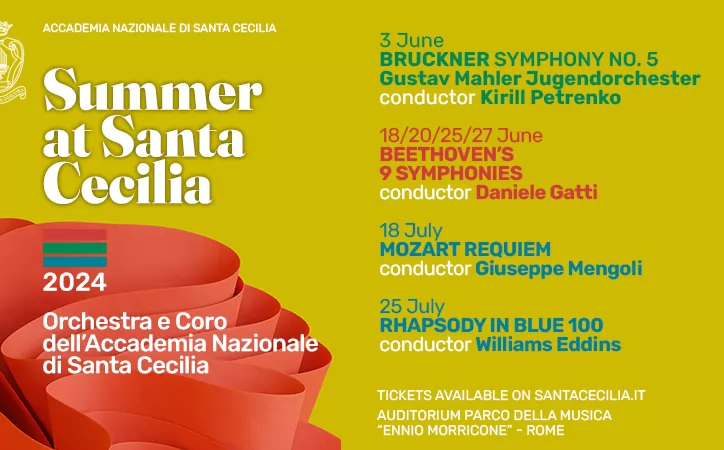Czanne: the father of the moderns
On a hot summers day, when we were blinded by the play of deep shadow against bright sunlight in the leafy, lime-lined avenues of Aix-en-Provence, we drove out of town, giving up the search for Czannes studio. But next morning, having slept in a truck drivers road house, we were rewarded. Right outside we found a simple stone marker. On it were the words: This is the spot where Paul Czanne set up his easel. And looking up we saw the gentle slopes of Mont St Victoire, the painters favourite subject. In the foreground stretched yellow earth, then there were greenish shrubbery and grey-blue rocks and then, under a cool blue sky, rose a wonderful mass of violet, the blue-red shimmering mountain.
Czanne was born in southern France in 1839 and, son of a comfortable family, was supposed to become a lawyer. Like all young men in the provinces he went to Paris to sow his wild oats. But serious and inquisitive, he became involved in the revolutionary moment, all that was crucial and being questioned, in art as well as in politics. He started to paint. He formed intense friendships, with the stormy writer Zola and the mild painter Pissarro, while at the same time devoting himself to fervent studies of the old masters in the Louvre. He made countless copies of work by men such as Titian and Poussin, making idiosyncratic and intelligent analytic renderings of their compositions. Without an exactly sparkling success, his own paintings were shown in several exhibitions of rebels, all close to the impressionist movement. Eventually he came into his inheritance, married his companion and settled in Aix for good. Completely decided on a career as a painter, he quietly and stubbornly began to develop his singular vision.
His lonely quest, a new approach to painting, went on steadily, regardless of appreciation, though an underground fame slowly spread to the Paris art world. There he showed modestly, but never sold enough for a living. The rustic master died in 1906, having produced a body of work that shook the world of western art. It led to Cubism, to Picasso, to Matisse, and it made way for contemporary abstraction.
The lonely man in Aix, and to judge from his self-portraits a very crotchety one, had thoroughly steeped himself in the study of the masters in Paris. But he also had an acute enjoyment of the outdoors and home life. They were the impetus, the starting point that triggered thought and memory.
What run-of-the-mill art viewers refuse to perceive, but artists have always grasped intuitively, is that good art can only rise from an armature. A scaffold of linear construction holds up the flags and shreds of figure and action. This intrinsic abstraction is enduring and a deep pleasure to the good viewer who takes it in like music. In the old tradition much is concealed or elaborated and made slave to the story. However, with searing frankness Czanne bared the procedure: the edges of trees, rocks, human bodies and apples are made to show as the beams of the picture. It is the classic approach but threadbare down to its bones.
Czanne took objects and visible air and built them into a patchwork of patterns and shapes. But unlike impressionists, steeped in the tradition of western art as he was, he did not aim for their all-over flatness. Nor did he allow himself to indulge in the impressionists limitless hunger for colour. When you close your eyes to conjure up the memory of a Czanne painting you dont think colour. You see bristling scrubbed greens, dabs of beige, yellows, silk-pale blues, violets in the landscapes, some brightness in the orbs of fruit and the complacent and expressionless faces of the sitters but above all you remember a staggered web of dark accents, an energetic directional energy.
In this worthy exhibition of comfortable dimensions there are beautiful paintings from all over. Among the array of still-lifes and portraits, perhaps the landscapes are the most typical.
The bridge at Maincy (1879-80, from the Muse dOrsay in Paris), The bay of Marseilles (1885, from the Metropolitan Museum in New York), Aqueduct (1890, from the Pushkin Museum in Moscow) and Rocks in the woods (1893, from the Kunsthaus in Zurich) are wonderfully articulated conceptions, great examples of Czannes vision which made so many painters sit up and change their ways and the world.
However, Czannes full force is best revealed in his very small works, of which there are some deeply gripping examples here. They are memorable, dazzling, amazingly modern for the time. They are like drawings, these sketchy oils with large parts of the canvas daringly left untouched, these watercolours with stubby combs of pencil accents. Here directional strokes flash in splendid purity. Dark lines and dashes cut and shoot like fireworks against a night of white. These are sparkling live structures, perfect in themselves. They are intelligent, inexplicable, moving.
Paul Czanne Il padre dei moderni. Until 7 July 2002.
Complesso del Vittoriano, Via di S. Pietro in Carcere, tel. 066780664. 09.30-19.30. Fri and Sat 09.30-23.30. Sun 09.30-20.30.





















